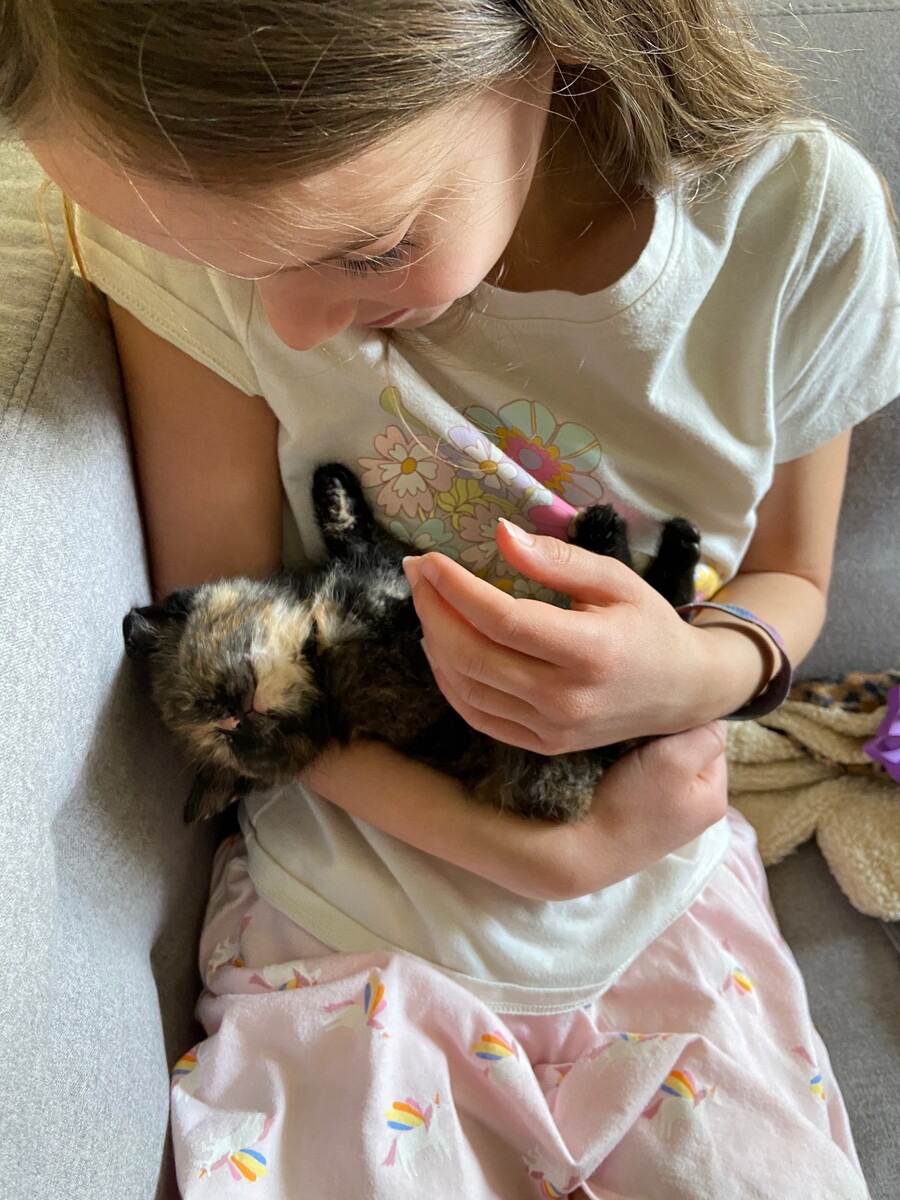Ess and Frankie


Wisdom from Marc Hamer’s Spring Rain: A Life Lived in Gardens, in Rivka Galchen’s review:
“There are two kinds of old people,” Hamer writes. “There are the old people who are in pain and are miserable, and there are the old people who are in pain and are light-hearted. All old people are in pain.” He has an inclination to celebrate and express love—an inclination that seems built out of the humus of a difficult childhood, characterized by an angry and critical father. “There’s nothing else to do with life but celebrate it, believe me; I am old, and there’s truly nothing other to do with life than celebrate the fact that it exists.”
I’ve been thinking about that last sentence a lot lately.
After seeing a particularly arresting picture of it, I’ve been thinking about the Pantheon in Rome. Here are a few bits about it from Wikipedia:
Almost two thousand years after it was built, the Pantheon’s dome is still the world’s largest unreinforced concrete dome.
…
It is one of the best-preserved of all Ancient Roman buildings, in large part because it has been in continuous use throughout its history.
…
Throughout the day, light from the oculus moves around the interior in a reverse sundial effect: marking time with light rather than shadow.
…
The large bronze doors to the cella, measuring 14.6 ft wide by 24.7 ft high, are original.
It is incredible that, at so many times in millennia past, humans have stopped fighting and worked together long enough to build things of timeless beauty and monumental scale, things that only existed in imagination before they were wrought: first in two dimensions, wispy tendrils of imagination captured from the astral and fixed to the lines, curves, compression, tension of the terrestrial; secondly in construction, sweat of brow and blood of veins both spilled to compact and level and hew and fit and lift and carve and assemble something we could only make together.
It is equally incredible that, seeing the works of those before us, we have invariably plundered their metal, battered their sculpture, stolen their casings, and trampled them to ruin.
The Pantheon is the exception that proves the rule.


GATTACA is still pertinent 25 years later:
Through the lens of genetic exceptionalism, society often envisions genetic predictions as infallibly deterministic. Consider the demand for direct-to-consumer genomic technologies and the foresight consumers believe it will bring. In reality, much of genetics is inherently messy owing to, among other things, the complexity of polygenic risk profiles, especially in light of unknowable environmental considerations.
[GATTACA]’s warnings against allowing these statistical likelihoods to become self-fulfilling prophecies remain apropos. This is especially true for the increasingly pervasive ‘walking sick’ — those who underestimate their disease probabilities — and the ‘worried well’ (or, as the film refers to them, the ‘healthy ill’) — those who overestimate their statistical predispositions to future genetic conditions. Arguably, geneticists in their professional capacities can also sometimes seem to view genetic information as too deterministic. Even scientists can fail to fully appreciate the inexactness of many genetic predispositions, given penetrance, expressivity and external environmental factors that modulate the genetic information.
…
In light of the continual encroachment of genetic surveillance on privacy, there is a growing dissatisfaction with the government’s use of genetic information. In particular, this past spring, a class action lawsuit was filed against the New York City Police Department for hosting a genetic database comprising samples from thousands of people who live in New York. According to the lawsuit, DNA was surreptitiously collected, without consent, from gum, drinks and cigarettes offered to those in police custody, including minors, regardless of their eventual guilt, and principally from minority communities. Problematically, the New York City Police Department’s database lacks the regulatory oversight of state and federal DNA databases. A similar lawsuit was filed in Orange County, California, the year before, about an even larger DNA database of the County District Attorney’s Office.

D’où venons-nous ? Que sommes-nous ? Où allons-nous ?

When I was younger, I dreamt I could fly.
Last night, I dreamt I was low on gas.
↓ More